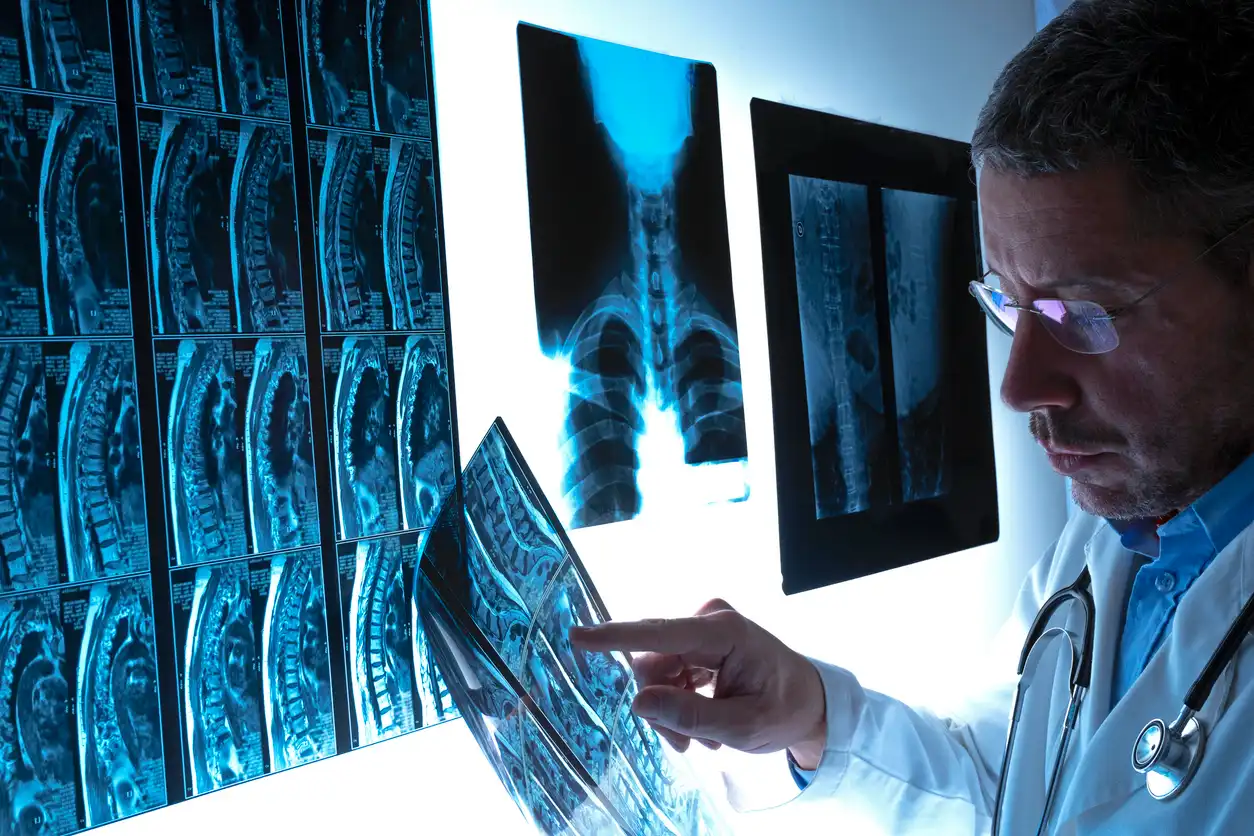
Claustrophobia in MRI can be a reality with many patients. MRI, or Magnetic Resonance Imaging, is a non-invasive and painless way of imaging full views of tissue, organs, and other body structures. It likely won’t harm the patient, but it involves being completely still in a small tube for a prolonged time. That is uncomfortable enough to be scared of, nervous about, or even to place some people in a state of panic.
How Do You Prepare Psychologically for an MRI?
Physical and psychological preparation is no different with claustrophobia or an MRI. If you prepare yourself ahead of time to know what you are expecting to happen, you do away with fear and fresh the strange and abnormal.
Start by educating yourself about what to expect. Learn how long the procedure typically lasts, what noises the machine will make, and how you’ll be positioned inside. Most MRI exams last anywhere from 20 to 45 minutes. The machine will make loud tapping or knocking noises, which are normal and not a cause for concern.
You may also begin relaxation rituals a few days before the appointment. Mindfulness, meditation, or sound-guided breathing may train the body to relax whenever it is exposed to a stressor. Visualization of the relaxing activity in the beach or woods would be just as effective. The better you can acclimatize to stopping such habits before the day of scanning, the better your condition will be when exercising to use them when actual scanning is taking place.
What Physical Measures Reduce MRI Claustrophobia

Taking physical measures in advance to prepare for your MRI can go a great distance in calming your nerves. These stimulants can elevate your heart rate and make it harder to stay calm. Choose a light, balanced meal in advance to make your body feel stable.
Wear loose, non-metallic attire such as sweatpants and a tee shirt. One’s MRI claustrophobia center would even allow one to have music played during therapy taken as a result of the fact that this would cover up the sound of the mechanical component and decrease room sterility.
There are a few of the imaging facilities that have open MRIs. They are bigger and less claustrophobic than the older closed machines. If you have claustrophobia, you can ask them if they can do an open MRI on you as part of your test.
Can Medication Reduce Fear of the MRI
Anxious patients are prescribed medicines. Your doctor can prescribe a low dose of a tranquillizer such as diazepam or lorazepam to reassure and relax you throughout the test. The medication does not make you sleep but merely relax your muscles and ease your mind.
It’s always best that all of your questions are answered by your doctor first before you get sedated. If, you do need to get sedated, you will have someone with you who will be duty-bound to take you there and bring you back home. Never undergo sedation for an MRI without first seeing a doctor.
For impoverished people, intravenous sedation is recommended. That will likely be held in reserve for very long scans or very poor phobias. Not all imaging facilities will have that as an option, so do ask ahead of time if that might be deemed suitable for you.
What Techniques Are Useful During the Actual Scan?
While lying in the MRI machine, relaxation and concentration are called for. Earphones, eye masks, or pillows should most often be provided by any imaging facility. These pieces of equipment may spare the senses overload and keep your thoughts from runaway.
Blindfolding you while you approach the machine is quite an easy trick. Blindfolding you so that you are not aware how close the machine is to your face, and it has been scientifically established that this opens up the claustrophobic feeling. Conscious breathing is also a guarantee. Breathe in for four seconds, hold for four seconds, breathe out for four seconds. Do this simultaneously to relax your body.
Also distract your mind. Read yourself through a known environment in your mind, like a beach, path, or home classroom. Think about them—how they sound, look, and feel. This thought landscape can fool the MRI claustrophobia and calm you.
It is also a good idea to remain in good standing with the MRI technologist. Let them know before that you suffer from claustrophobia. They can comfort you once more, inform you in advance about how long each scan component will last, and invite you along in sections between breaks.
What are the Advantages of Open MRI for Claustrophobic Patients?
One of the newer imaging devices constructed to support anxious patients is the open MRI device. Open MRIs have larger openings and don’t encircle the body like older, closed machines. This is less intimidating to more claustrophobic patients, since they feel more comfortable.
While not all that can be done can be done with an open MRI, any of the standard tests can. Open MRIs will at least be partially slower to get because of the physical factor. Still, the comforting advantage of overcoming claustrophobia, which is the fear of having to recline and relax for the test, is usually well worth sacrificing to the claustrophobic patient.
If you do have claustrophobia, let your doctor know. He will refer you to an open MRI facility or to the facility that can best handle anxious patients.
How do you Cope with MRI Fear with your Doctor?
No one will admit to fearing medical scans, but you’ve got to speak up. Your physician is not going to discipline you for it anymore—your physician would much rather have you have the scan that must be done on you in as secure a setting as possible.
Let your provider know if you’ve got a history of claustrophobia or panic attack. Ask them to find out if they have open MRI and claustrophobia or sedation available and if they have staff with anxiety disorder management training available for patients with agoraphobia. The more up-front and honest you are with them, the more likely they will have accommodations for you.
You can even ask for a pre-scanning tour if you are just nervous. Knowing that you will get to see the site, view the equipment, and be able to meet and greet the staff before your actual procedure can de-mystify the procedure and give you confidence.
What Does the Technician Do during the Scan?
The technologists who do the MRI also need you to calm down. They will inform you of their actions and observe as they scan you. You can ask before this and tell them about your concerns in advance.
Certain patients request that the technologist speak to them via the intercom throughout the examination. Having a human being present with you, in terms of being heard, de-isolates the procedure. Technologists will also provide reassuring measures such as a warm blanket or countdowns to prepare you for what is coming next in the scanning.
If in the rare circumstance you need to panic, all you have to do is inform them. They possess very high scanner speeds with panic buttons that they can halt for if you need to. You will always be in command and are always capable of opting to break and pull over the test in the instance that you need to.
What Occurs when you Panic on an MRI?

Even with preparations, there can be a panic afterwards. If the worst comes to the worst and you panic inform the technician. They can turn off the scan and assist you from the machine.
You are not scheduled to the hilt but are instead excused to come back again later to have a break. The appointment is, however, re-scheduled with other assistance, i.e., medication or scanning on a different scanner.
Conclusion
Don’t view this as failure. Claustrophobia and MRI is a sickness, and it is okay to need more assistance. Most patients require sets of attempts before they can endure an MRI easily.You can also prepare yourself in case you do experience claustrophobia. Openness, patient-specific interventions, and practice can be used to cure phobias and be able to safely undergo the scan. You are not alone, and assistance and experts are at your disposal who will guide you through it. Your sanity—is your health.








